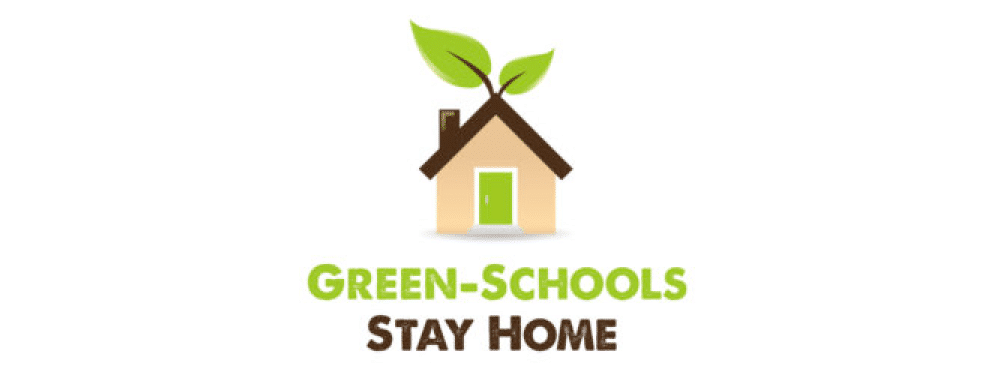
We’re really excited to show you some cool stuff you can do at home to keep helping the environment. In this page, we have put Litter and Waste themed videos, quizzes, tips, and activities that students can enjoy doing at home. For Litter & Waste we have three sample weeks of activities and ideas for you to do at home or share with your class groups. The age categories catered for are: Junior Primary (Infants – 2nd class), Senior Primary (3rd – 6th class) and Secondary School (1st – 6th year).
The activities will help students learn about the impact that litter has on our natural environment but they will also learn how to reduce waste consumption and contribute towards achieving a circular economy society. The activities have been split into weekly activities. You can start doing them at anytime. Please tell us how you get on with any photos or videos or put them on social media with the hashtag #GreenSchoolsStayHome. Enjoy!
Age Group: Secondary
Do you have any nice scraps of fabric lying around with the best of intensions to up-cycle them into new products? Maybe you have a nice quality cotton shirt with a big tear or a stubborn stain thats just longing to be repurposed. Now is no-better time than to get crafty and up-cycle that cloth into napkins and teacloths. I have used a set of old linen sheets and scraps from an Oxford cotton shirt, both which were really nice quality but sadly unfixable. Maybe you have access to a sewing machine, but if not, don’t worry its a small project that can be hand sewed. You can sew them up any which way you like but I’ve decided to create them 2-ply (double faced) with frayed edging. To get started you will need a sharp cutting scissors, a needle and thread, and the fabric of course!
Cut out your desired pattern for your napkin or tea towel. I have made a simple rectangle. Work on the straight of grain where possible (don’t cut the fabric at a skewed angle). Place the two same sized layers together as in the image on the left. If you decide to fray the edges be sure to sew one or two edge rows using a short stitch. An edge row is where you intend the fraying to stop, this would be good at around 1.5cm in from the cut edge before you start to pick out the threads. See the stitching on the left side in the below picture. This will prevent the frayed edges unravelling beyond the desired finish. To fray the edges pick out the warp yarns (the ones going vertical) one by one along the cut edges and ruffle up the weft yarns (the now loose horizontal yarns ). You can trim the finished piece with a hanger loop and Voilá! Fancy new teatowels!
Age Group: Secondary
Recycling is great but it is the last step in the 7 R’s of Waste Management. Learn about all the things you can do at home before we resort to recycling. Why not take our simple ‘7 Day Challenge’ and see if you can use the 7 R’s at home.
Age Group: Senior Primary and Secondary
Green-Schools Officer Aidan is teaching us all we need to know about understanding what those black and white lines and codes are that we see on our packaging.
Age Group: Senior Primary and Secondary
In more recent years we have started to be more concerned about waste segregation and where the waste goes to when it is collected by waste collectors. Have you ever wondered why we stopped putting soft plastics into the recycling bin? Dirty Business is a UK based Sky News Documentary that follows the trail of our waste around the world, and sheds some light on why many countries have stopped importing recyclable waste.
Green-Schools, An Taisce Environmental Education Unit. Registered Charity Number: CHY 4741 / CRA No: 20006358 / Company No: 12469

